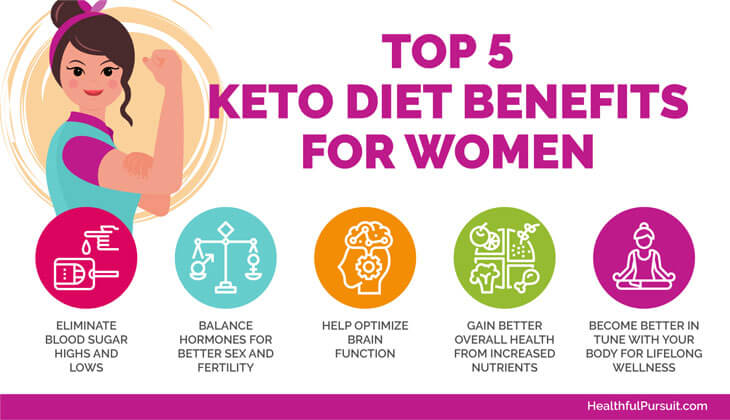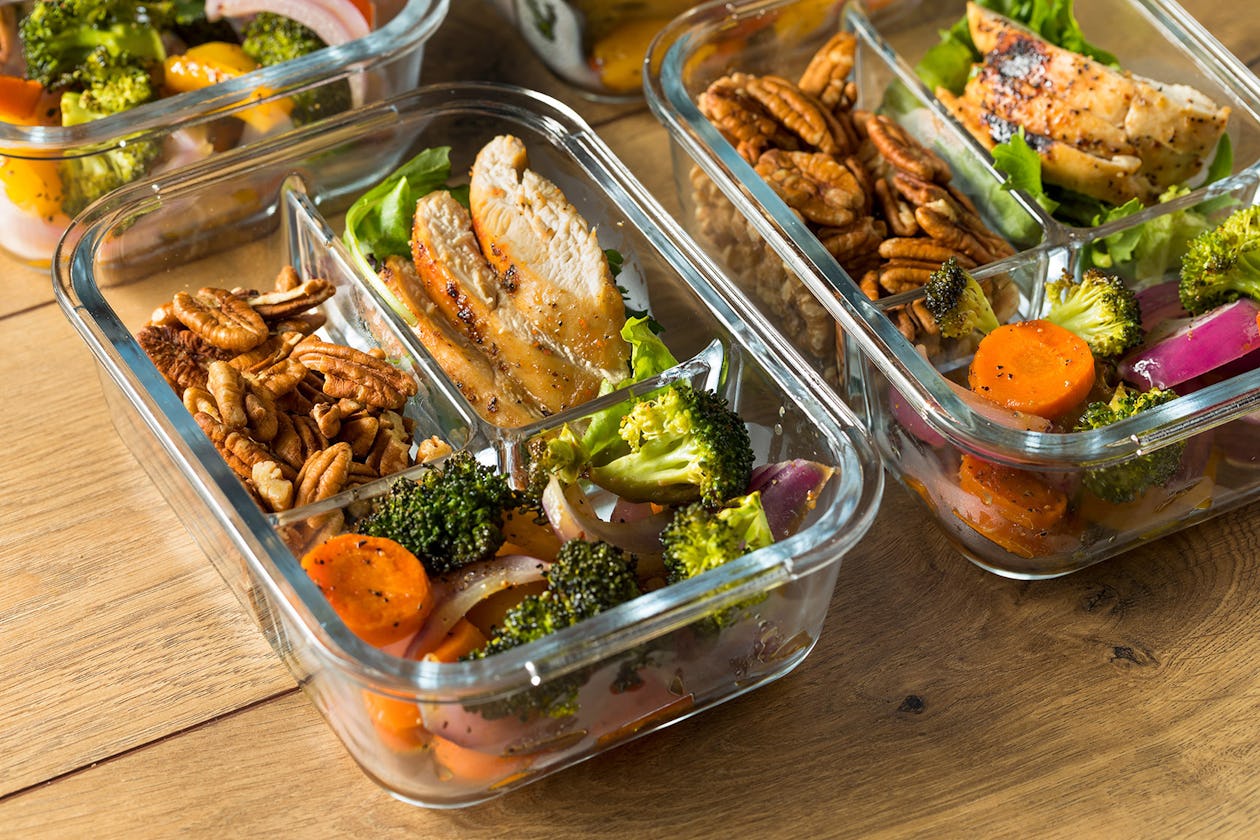The Keto Diet: A Guide to Understanding the High-Fat, Low-Carb Diet and Its Potential Benefits
The ketogenic diet, or "keto" for short, is a high-fat, low-carbohydrate diet that has gained popularity in recent years for its potential health benefits. In this blog post, we'll explore what the keto diet is, who it may be suitable for, its benefits, and provide a sample menu.
What is the Keto Diet?
The keto
diet involves drastically reducing carbohydrate intake and replacing it with
fat. This shifts the body into a metabolic state called ketosis, where it uses
ketones (derived from fat) as its primary energy source instead of glucose
(derived from carbohydrates). The typical macronutrient breakdown for the keto
diet is approximately 70-75% fat, 20-25% protein, and 5-10% carbohydrates.
Popularity
and Suitability
The keto
diet has gained popularity among individuals looking to lose weight, manage
blood sugar levels, and improve cognitive function. It may also be beneficial
for those with certain health conditions such as epilepsy and type 2 diabetes.
However, it is important to note that the keto diet is not suitable for
everyone, particularly those with liver or pancreatic conditions, as well as
individuals who are pregnant or breastfeeding.
The keto
diet has been studied for its numerous potential health benefits, including:
Weight loss: The keto diet may promote weight loss by reducing appetite and increasing metabolism.
Blood sugar
control: The keto diet may improve insulin sensitivity and glycemic control,
making it beneficial for those with type 2 diabetes.
Brain function: The keto diet may improve cognitive function, particularly in individuals with neurological disorders such as Alzheimer's and Parkinson's disease.
Research
Evidence
Research has shown that the keto diet can be effective for weight loss and improving glycemic control in individuals with type 2 diabetes. A 2020 systematic review and meta-analysis of 23 randomized controlled trials found that the keto diet resulted in significantly greater weight loss than other diets after 6 months.
Additionally, a 2017 systematic review and meta-analysis of 12 randomized
controlled trials found that the keto diet improved glycemic control in
individuals with type 2 diabetes.
Sample Keto Menu
Preparing a keto diet requires a shift in the typical macronutrient balance of meals. The diet is high in fat, moderate in protein, and very low in carbohydrates. This means that the focus should be on consuming healthy sources of fat such as avocados, nuts and seeds, olive oil, and fatty fish. In addition, moderate amounts of protein can be consumed through animal-based sources such as meat, fish, and eggs, as well as plant-based sources such as tofu and tempeh. Carbohydrates should be limited to non-starchy vegetables such as leafy greens, broccoli, and cauliflower, while high-carbohydrate foods like grains, fruits, and sugar should be avoided. Planning and preparation are key for a successful keto diet, including menu planning, grocery shopping, and meal prep to ensure that meals meet the macronutrient balance and fit within daily caloric needs.
Breakfast: Scrambled eggs cooked in butter with avocado and bacon
Snack:
Handful of almonds and a slice of cheese
Lunch:
Grilled chicken salad with mixed greens, tomatoes, cucumbers, and a high-fat dressing
such as ranch or Caesar
Snack:
Celery sticks with almond butter
Dinner:
Grilled salmon with asparagus and a side salad with olive oil and vinegar
dressing
Dessert:
Keto-friendly cheesecake made with almond flour crust and sweetened with a
low-carb sweetener such as erythritol
Here are some beautiful images of keto diet meal.
Conclusion
The keto
diet is a high-fat, low-carbohydrate diet that has gained popularity in recent
years for its potential health benefits, particularly in weight loss and blood
sugar control. However, it is important to consult with a healthcare
professional before starting the diet, particularly if you have any underlying
health conditions.
Here is a video to start you off with the keto diet if you think it suits you.
Thank you for reading. 😊






Comments
Post a Comment